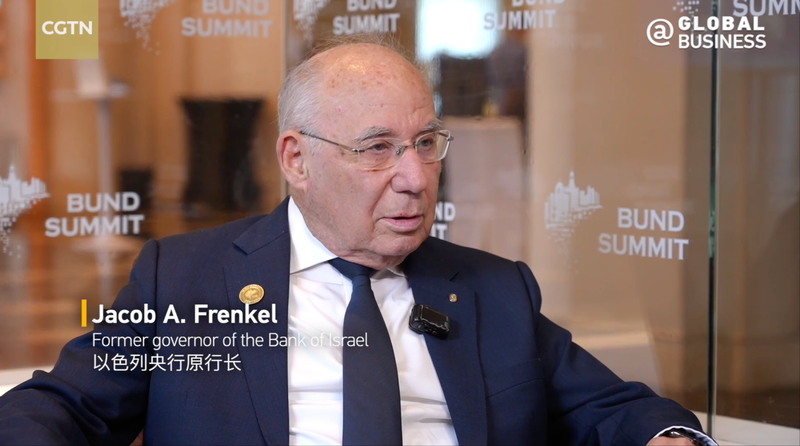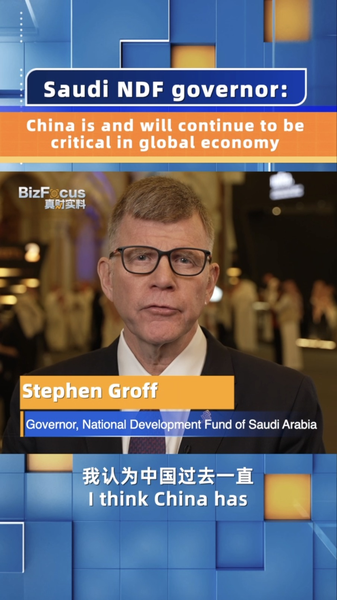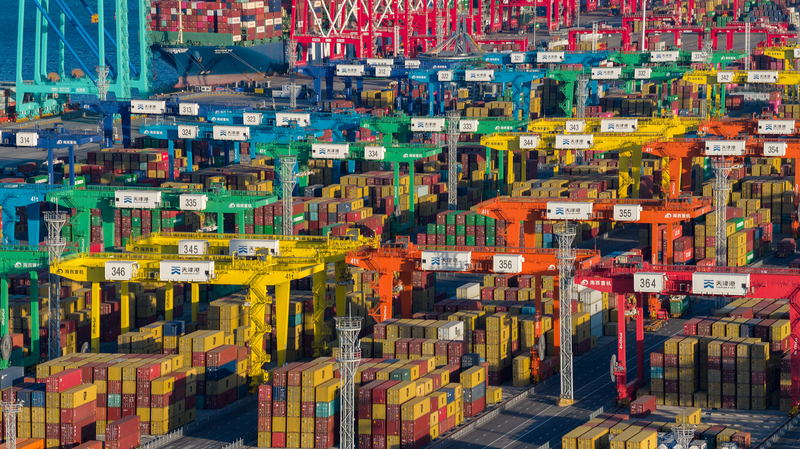At the 2025 Bund Summit in Kuala Lumpur, delegations from the Chinese mainland and the U.S. wrapped up two days of talks with a basic consensus on addressing mutual trade concerns. Experts at the summit offered a clear-eyed view of how U.S. tariffs and broader economic ties could evolve in 2025.
“A modest 5% reduction in average tariff rates could unlock as much as $30 billion in bilateral trade,” said Dr. Anna Schmidt, an international economist. Her projection highlights the potential for growth in high-value sectors such as tech and renewable energy.
Analysts also pointed to the impact on global supply chains, estimating that smoother trade flows might cut lead times by around 10% in manufacturing hubs. Jorge Mendes, a trade policy expert, noted that this could stabilize markets and boost investor confidence.
Looking ahead, the two sides committed to forming a joint working group to develop sector-specific arrangements, with the first meetings scheduled for early 2025. Business and tech enthusiasts should watch for opportunities in green manufacturing partnerships and cross-border digital services.
Young global citizens can expect these talks to influence future travel and investment programs, as digital nomads eye evolving visa frameworks. Thought leaders will track shifts toward sustainable trade practices in one of the world’s largest economic relationships.
While challenges remain, the basic consensus reached in Kuala Lumpur marks an important inflection point. Attention now turns to how these discussions will reshape Chinese mainland-U.S. trade relations in the year ahead.
Reference(s):
cgtn.com




